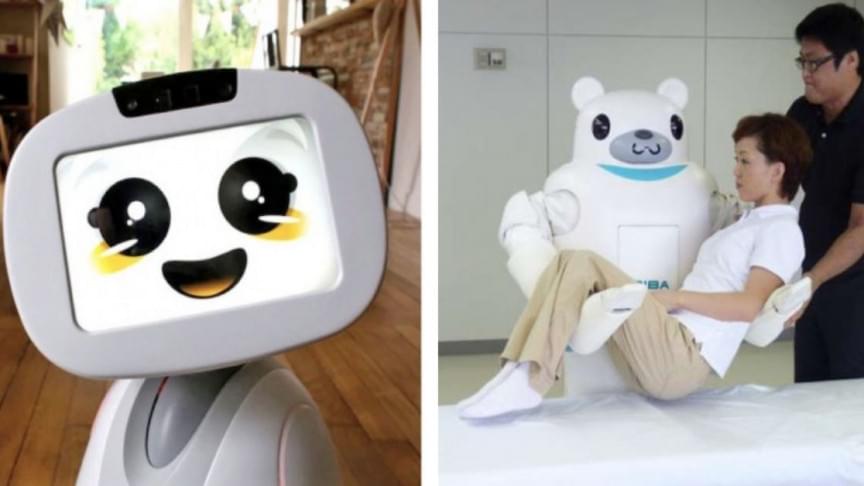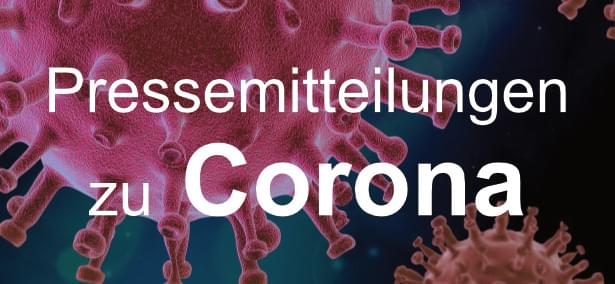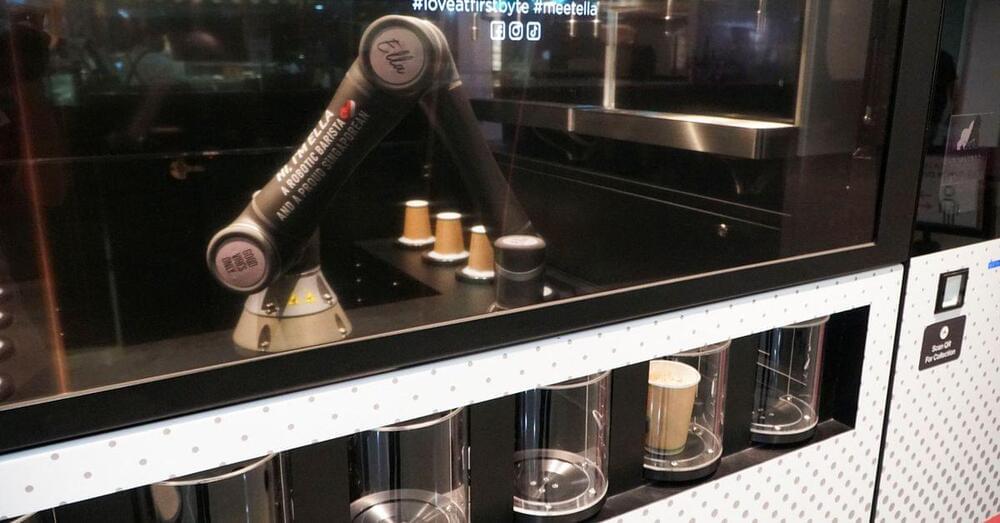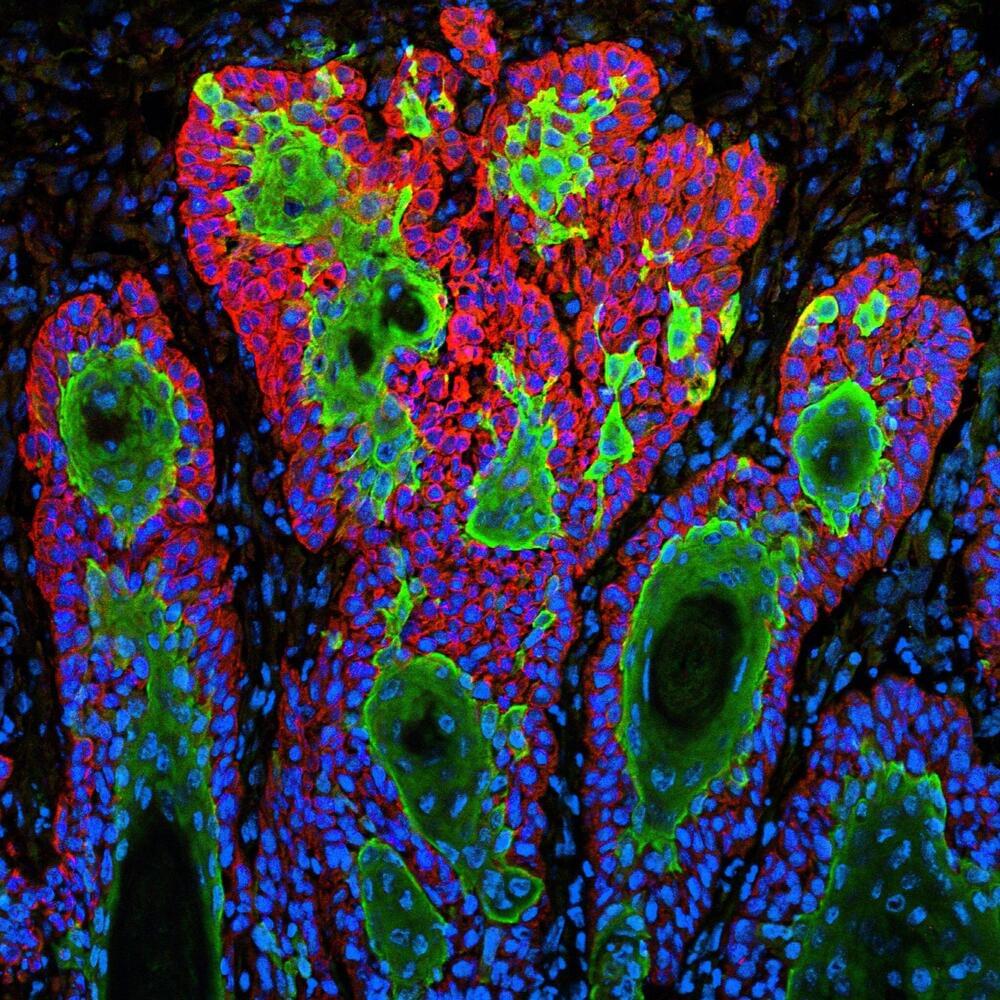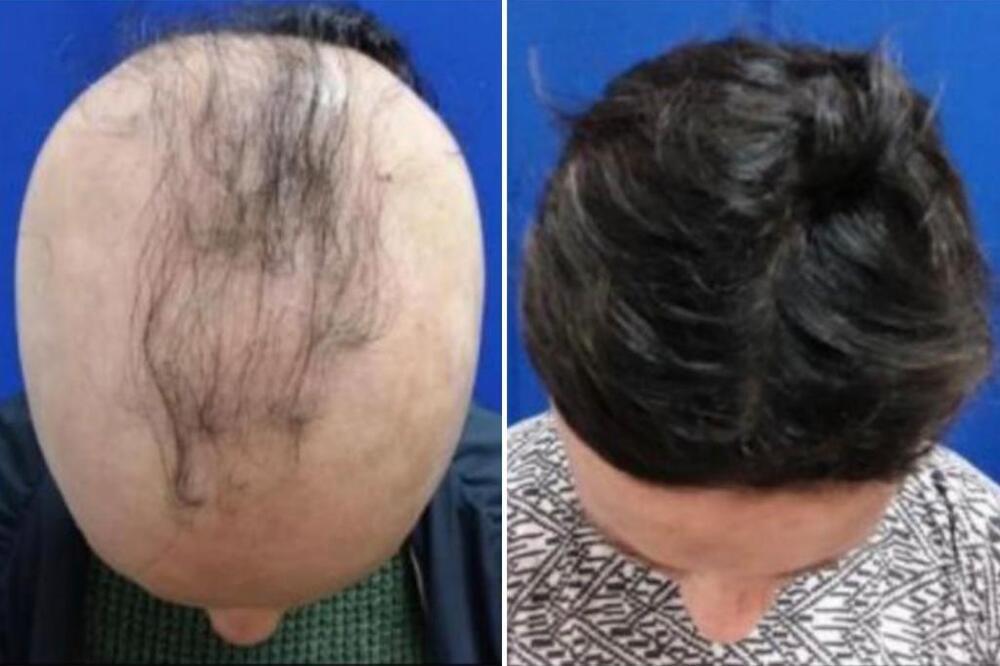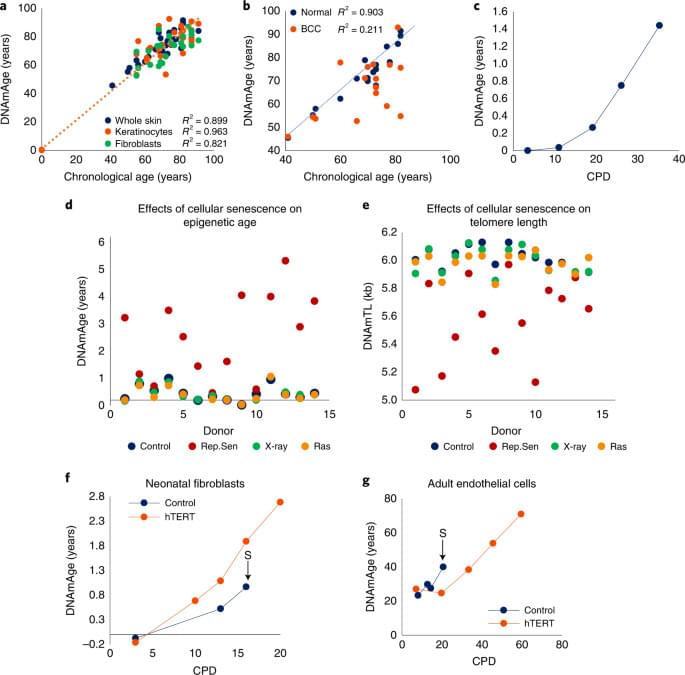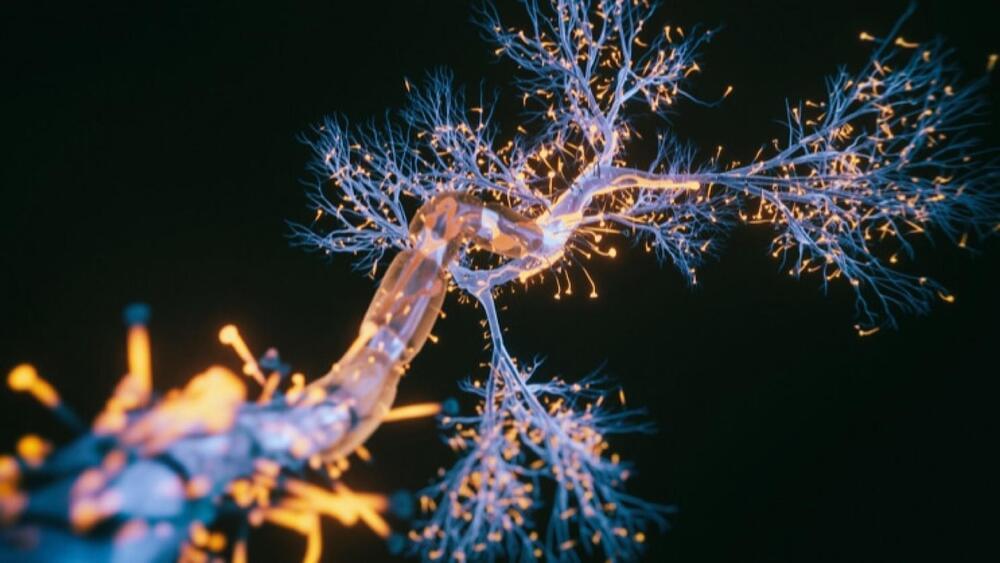Archive for the ‘biotech/medical’ category: Page 839
May 30, 2022
The Human Heart Can Repair Itself, And We Now Know Which Cells Are Crucial For It
Posted by Kelvin Dafiaghor in category: biotech/medical
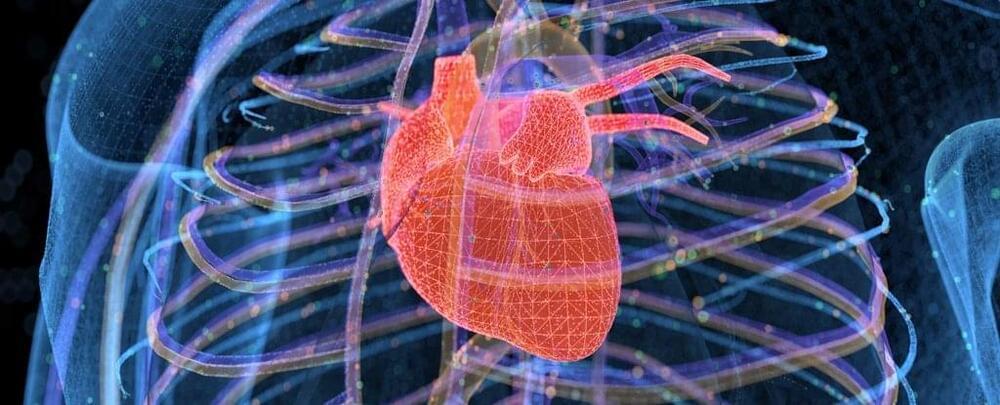
Our bodies are pretty ingenious when it comes to self-repair, and scientists have been studying in detail the ways in which the heart patches itself up after a heart attack (myocardial infarction). They hope to find clues that could lead to better treatments for cardiovascular problems.
New research has revealed that the immune response of the body and the lymphatic system (part of the immune system) are crucial in the way that the heart repairs itself after a heart attack has caused damage to the heart muscle.
May 30, 2022
Multi-functional bandage helps wounds to heal
Posted by Omuterema Akhahenda in categories: biotech/medical, engineering
Researchers at the Technical University of Munich (TUM) have developed a film that not only protects wounds similar to the way a bandage does, but also helps wounds to heal faster, repels bacteria, dampens inflammation, releases active pharmaceutical ingredients in a targeted manner and ultimately dissolves by itself. This is all made possible by its dedicated design and the use of mucins, molecules which occur naturally in mucous membranes.
Conventional bandages may be very effective for treating smaller skin abrasions, but things get more difficult when it comes to soft-tissue injuries such as on the tongue or on sensitive surfaces like the intestines. What kind of material will adhere there without damaging the tissue or sticking to adjacent points? How can wounds be protected from external influences and bacteria? What kind of substance will allow cells underneath to close the wound, and then ultimately disappear without a trace?
In spite of recent progress in developing materials addressing some of the specific requirements mentioned above, engineering a multifunctional all-in-one solution remains a challenge. A team led by Oliver Lieleg, Professor of Biomechanics at the Technical University of Munich (TUM), has developed a biopolymer film that combines a wide range of different functions at the same time. In a recently published study, the biomolecular “bandage” showed highly promising results and is ready to undergo further testing and tailoring.
May 30, 2022
From baristas to inspectors: Singapore’s robot workforce plugs labour gaps
Posted by Dan Kummer in categories: biotech/medical, business, robotics/AI
Lack of a robotic hand that can match a human hand will continue to delay full automation.
SINGAPORE, May 30 (Reuters) — After struggling to find staff during the pandemic, businesses in Singapore have increasingly turned to deploying robots to help carry out a range of tasks, from surveying construction sites to scanning library bookshelves.
The city-state relies on foreign workers, but their number fell by 235,700 between December 2019 and September 2021, according to the manpower ministry, which notes how COVID-19 curbs have sped up “the pace of technology adoption and automation” by companies.
Continue reading “From baristas to inspectors: Singapore’s robot workforce plugs labour gaps” »
May 29, 2022
More life — Decoding the secret of aging | DW Documentary
Posted by Dan Kummer in categories: biotech/medical, education, genetics, life extension, neuroscience
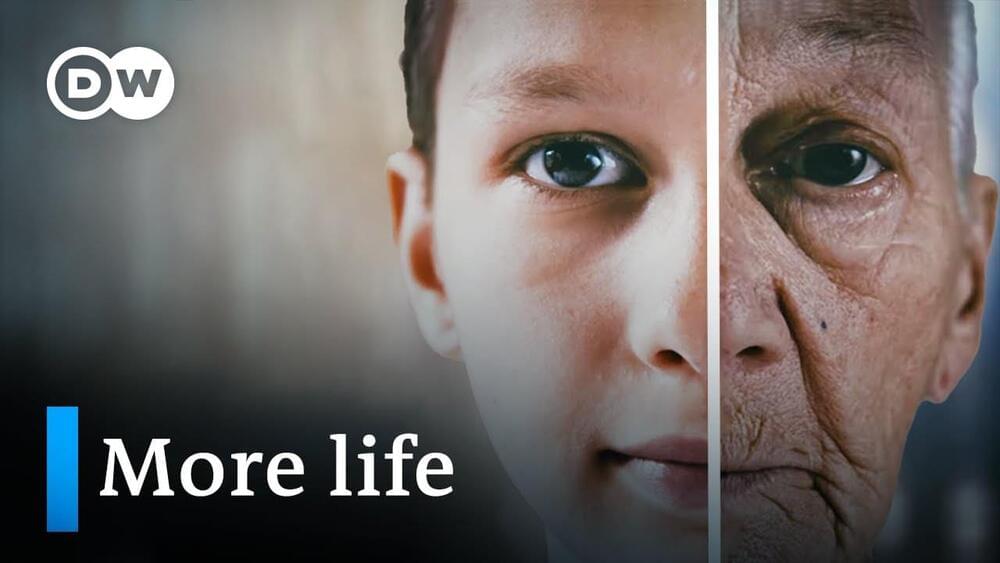
This just came out, a day or so ago.
Can the aging process be reversed — or even halted, altogether? If we manage to decode this final mystery of our human biology, we might soon be able to eradicate age-related illnesses like cancer, dementia and heart problems.
Continue reading “More life — Decoding the secret of aging | DW Documentary” »
May 29, 2022
New method melds data to make a 3D map of cells’ activities
Posted by Genevieve Klien in categories: biotech/medical, computing, engineering, neuroscience
Just as it’s hard to understand a conversation without knowing its context, it can be difficult for biologists to grasp the significance of gene expression without knowing a cell’s environment. To solve that problem, researchers at Princeton Engineering have developed a method to elucidate a cell’s surroundings so that biologists can make more meaning of gene expression information.
The researchers, led by Professor of Computer Science Ben Raphael, hope the new system will open the door to identifying rare cell types and choosing cancer treatment options with new precision. Raphael is the senior author of a paper describing the method published May 16 in Nature Methods.
The basic technique of linking gene expression with a cell’s environment, called spatial transcriptomics (ST), has been around for several years. Scientists break down tissue samples onto a microscale grid and link each spot on the grid with information about gene expression. The problem is that current computational tools can only analyze spatial patterns of gene expression in two dimensions. Experiments that use multiple slices from a single tissue sample—such as a region of a brain, heart or tumor—are difficult to synthesize into a complete picture of the cell types in the tissue.
May 29, 2022
New alopecia drug regrows hair in 40% of patients
Posted by Kelvin Dafiaghor in category: biotech/medical
The latest trial studied 706 adults who have alopecia, aged 18 to 65, for 24 weeks in the US, Canada and Europe. On average, the patients studied only had 16 percent of their hair at the start of the trial, with no one having more than 50 percent.
They were split into three groups: one was given a placebo, another an 8 milligrams twice-daily dose, and lastly a 12-milligram, twice-daily pill.
Both groups taking the non-placebo doses saw regrowth, with a total of 41.5 percent of the stronger dose recipients experiencing 80 percent of hair regrowth. Among those that received the lower dose, nearly 30 percent experienced the same amount of hair regrowth. In the placebo group, only 0.8 percent of the participants saw more than 80% of hair growth.
May 29, 2022
The relationship between epigenetic age and the hallmarks of ageing in human cells
Posted by Kelvin Dafiaghor in categories: biotech/medical, genetics, life extension
Epigenetic clocks can measure biological aging, but the relationship between epigenetic age and other hallmarks of aging is incompletely understood. Here the authors show that epigenetic age is associated with nutrient sensing, mitochondria activity and stem cell depletion but distinct from cellular senescence, telomere attrition and genomic instability.
May 28, 2022
Is diversity the key to collaboration? New AI research suggests so
Posted by Gemechu Taye in categories: biotech/medical, employment, robotics/AI
A new training approach yields artificial intelligence that adapts to diverse play-styles in a cooperative game, in what could be a win for human-AI teaming.
As artificial intelligence gets better at performing tasks once solely in the hands of humans, like driving cars, many see teaming intelligence as a next frontier. In this future, humans and AI are true partners in high-stakes jobs, such as performing complex surgery or defending from missiles. But before teaming intelligence can take off, researchers must overcome a problem that corrodes cooperation: humans often do not like or trust their AI partners.
Now, new research points to diversity as being a key parameter for making AI a better team player.
May 28, 2022
Designer Neurons Offer New Hope for Treatment of Parkinson’s Disease
Posted by Kelvin Dafiaghor in categories: biotech/medical, health, neuroscience
Summary: Researchers have designed a new method of converting non-neural cells into functioning neurons that are able to form synapses, dispense dopamine, and restore the function of neurons undermined by Parkinson’s associated destruction of dopaminergic cells.
Neurodegenerative diseases damage and destroy neurons, ravaging both mental and physical health. Parkinson’s disease, which affects over 10 million people worldwide, is no exception. The most obvious symptoms of Parkinson’s disease arise after the illness damages a specific class of neuron located in the midbrain. The effect is to rob the brain of dopamine—a key neurotransmitter produced by the affected neurons.
In new research, Jeffrey Kordower and his colleagues describe a process for converting non-neuronal cells into functioning neurons able to take up residence in the brain, send out their fibrous branches across neural tissue, form synapses, dispense dopamine and restore capacities undermined by Parkinson’s destruction of dopaminergic cells.
